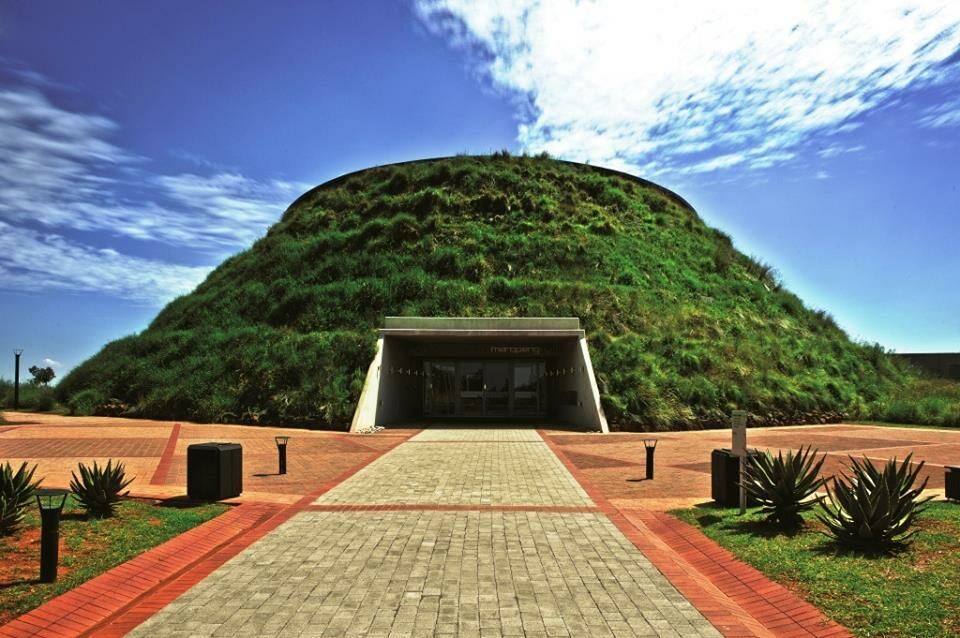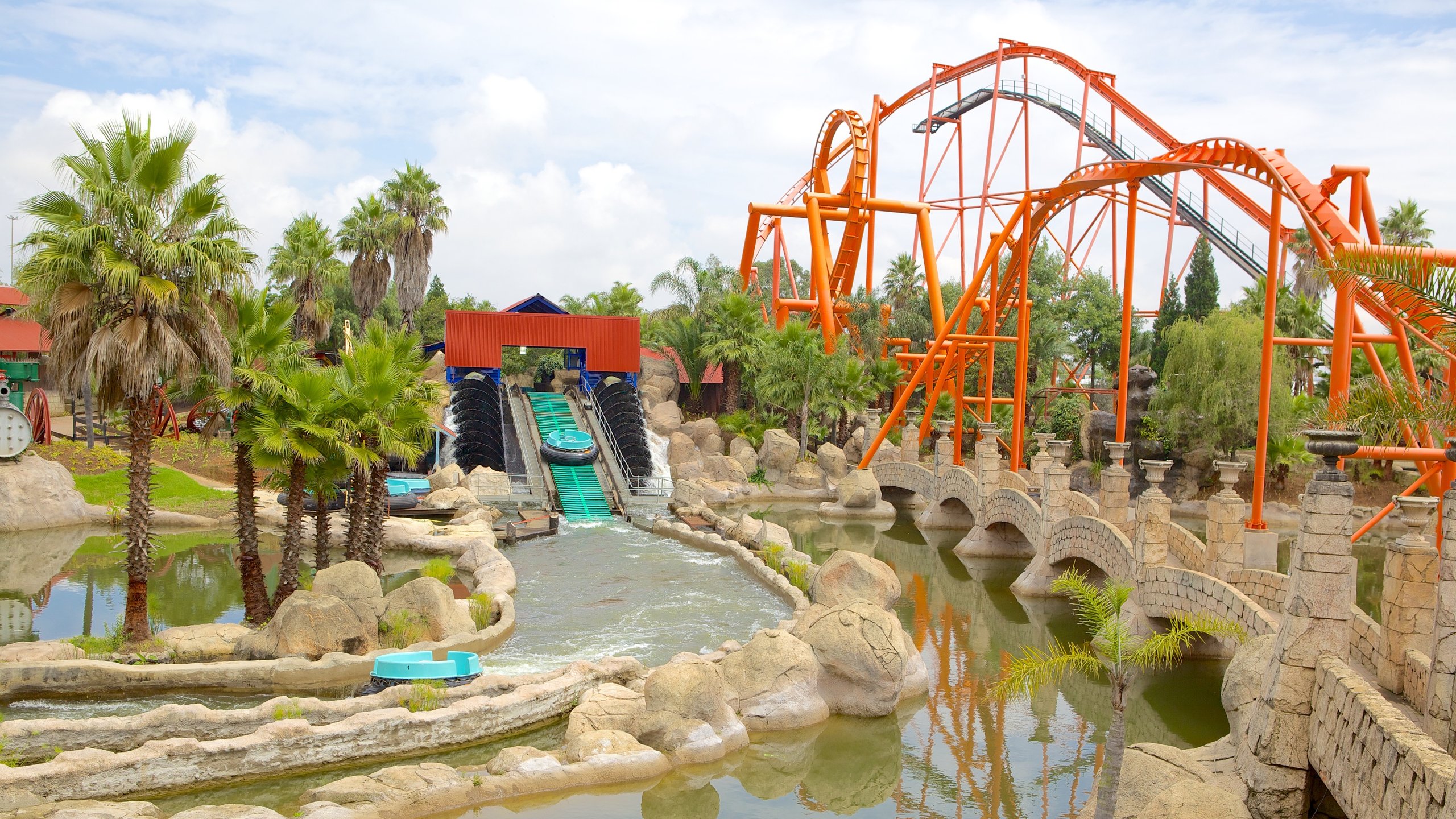How Johannesburg North Attractions can Save You Time, Stress, and Money.
Wiki Article
The Definitive Guide for Johannesburg North Attractions
Table of ContentsJohannesburg North Attractions for DummiesThe Basic Principles Of Johannesburg North Attractions Indicators on Johannesburg North Attractions You Need To KnowSome Known Facts About Johannesburg North Attractions.Getting The Johannesburg North Attractions To WorkJohannesburg North Attractions for Beginners
The city expanded on the edge of the Witwatersrand Key Coral reef, a subterranean stratum of gold-bearing quartz-silica empire that arcs for hundreds of miles beneath the Highveld - Johannesburg North attractions. Most of the gold mines in the city ceased operation in the 1970s, yet in its day the Witwatersrand gold industry accounted for more than 40 percent of the globe's annual gold production.Johannesburg has a pleasant climate. Summer season temperature levels balance about 75 F (24 C); wintertime temperature levels balance concerning 55 F (13 C) and only occasionally dip below cold. The city takes pleasure in about 8 hours of sunlight per day in both winter season and summer. Rain standards about 28 inches (700 millimetres) per annum, yet the total varies substantially from year to year.
What rainfall the city gets drops nearly exclusively in the summer season, typically in spectacular late-afternoon electric tornados. Air contamination presents a substantial trouble, particularly in the winter season months, when thermal inversions impede the westward circulation of air from the Indian Sea. Pollution is most extreme in the densely cleared up Black towns on the city's perimeter, where lots of citizens still count on coal for gas.

See This Report on Johannesburg North Attractions
The balance of the city is occupied by whites. Accommodation differs in character and quality.Physical development, although somewhat restricted by transportation, continued rapidly as immigration to South Africa, and Johannesburg in specific, enhanced considerably.
A lot of bad suburban areas were mixed, with bad blacks and whites living together, although the rich residential areas were generally reserved for whites. This transformed with the election of the National Event in the 1948 political elections, who started to formalise the system recognized as apartheid. Discrimination officially marked which residential areas each race can reside in under the Team Areas Act.
The previous system of eleven phoned number areas was reorganised in 2006. Marshalltown, as seen from the top of the Carlton Centre. The M1 and M2 run behind the buildings, and the southern suburban areas expand past the highway limit. The central city of Johannesburg is situated within the city's Region F. The number of people living in the inner city on an informal basis is unidentified, as lots of are prohibited immigrants. The unemployment, education, and age accounts of the location are all unidentified, due to the difficulty of obtaining trusted information concerning the area.
Johannesburg North Attractions Can Be Fun For Everyone
Centred on the CBD, the area consists of the suburban areas of Yeoville, Bellevue, Troyeville, Jeppestown, and Berea to the eastern. To the west it spreads to Pageview (Johannesburg North attractions) and Fordsburg. There are tiny industrial locations to the south, such as City West-Denver and Benrose. Around 800,000 travelers pass via the central city everyday, and it functions as a regional buying node for site visitors from the southern suburbs. Yeoville and Bellevue have a mix of house structures and single property systems on little great deals. The area is situated on a mountainous divide that runs from eastern to west.
Johannesburg Stadium, a training school for both the Golden Lions and Orlando Pirates, is nearby. The eastern suburban areas of Johannesburg lie in the city's 7th [] and 9th [] regions. The location is additionally functionally integrated with East Rand boundary communities beyond the main border of Johannesburg, such as Bedfordview and Edenvale (both part of Ekurhuleni Metropolitan District).
10 Simple Techniques For Johannesburg North Attractions
R. Tambo International Airport). The eastern residential areas are several of the oldest areas of Johannesburg, there are huge areas of Jewish and various other European backgrounds, the bulk of the populace is English talking. There are three fairway along with a number of protected ridges with viewsites. There are several well-developed and up-market home entertainment and shopping locations in the eastern such as the Eastgate Shopping Center and the Greenstone shopping centre.The area is mainly composed of old "matchbox" homes, or four-room houses constructed by the federal government, that were built to give inexpensive lodging for black employees throughout discrimination. Soweto is an abbreviation, meaning "South Western Townships". Street after street around is lined with matchboxes; however, there are a few smaller sized areas where thriving Sowetans have developed see houses that are a lot more similar in stature with those in more upscale residential areas.
Hostels are another famous physical attribute of Soweto. Initially constructed to house male migrant workers, many have been enhanced as residences for couples and families. The N1 Western Bypass skirts the eastern boundary of Soweto. The suburban area was not traditionally enabled to create employment centres within the location, so practically all of its locals are commuters to other parts of the city.
The 30-Second Trick For Johannesburg North Attractions
The residential locations in the north suburban areas are primarily official, with no significant locations of casual housing, or real estate that does not have a permanent structure. This is a well-known area, there is a trend of land use modification from property to business, specifically along main arterial roads and around well-known nodes.The location is well attached to roadway more helpful hints networks, particularly along the north-south axis formed by the M1 and N1. Roads to the east and west are much less well established, as there are no freeways travelling because instructions. Towards the northern boundary of the city, the density of advancement reduces, leaving huge areas of primitive land around Midrand.
The Basic Principles Of Johannesburg North Attractions
The very first suburban area to the north of the central city is Parktown, which lies on a hill forgeting the internal city and Hillbrow. It has several rich residents and Edwardian-design manors, as well as the Education and Clinical schools of the College of the Witwatersrand. The big concrete Charlotte Maxeke Johannesburg Academic Health Center dominates the sky line of Parktown.Report this wiki page